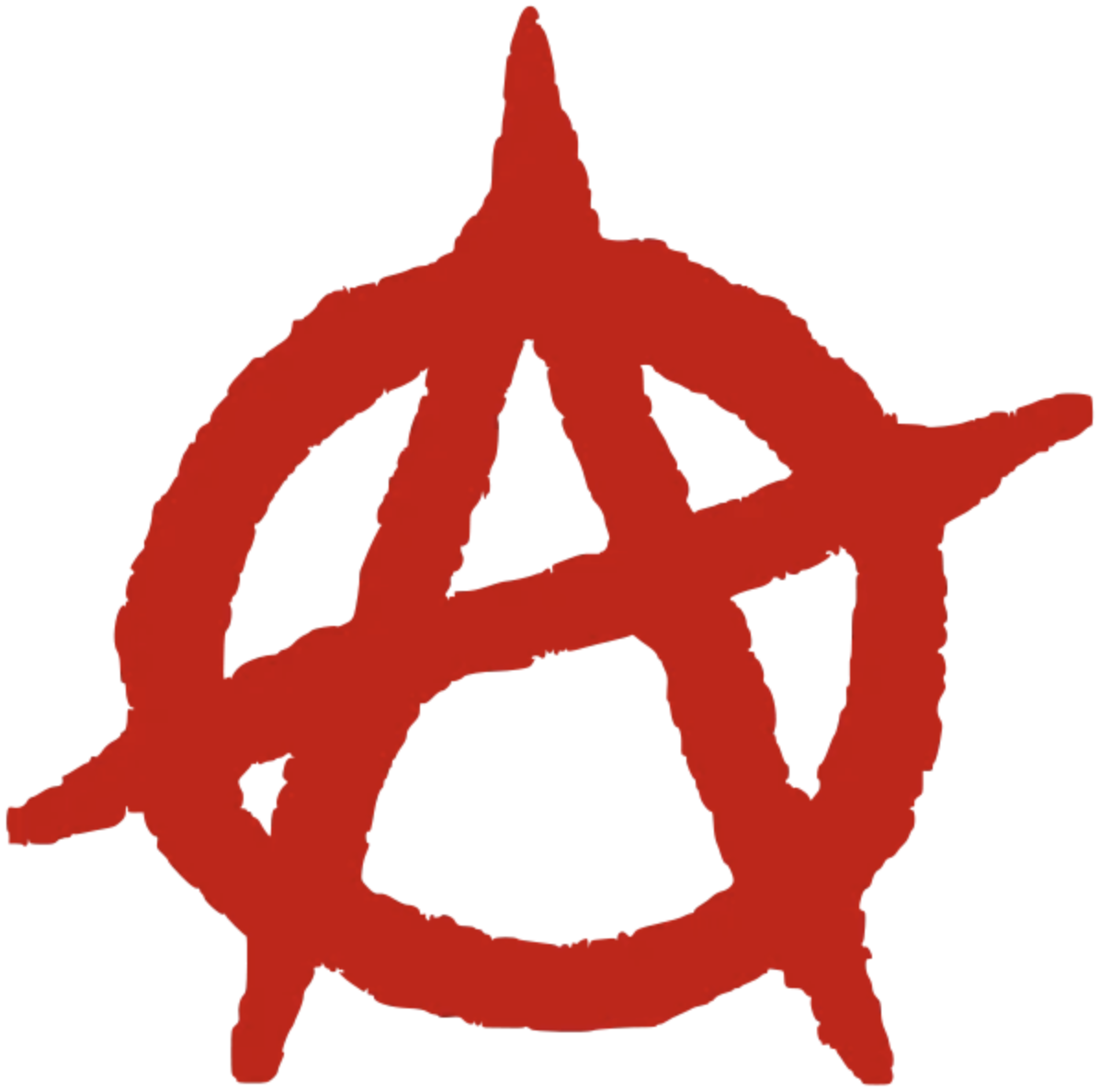dahoum.wales
Agile. My Way.
The Agile Manifesto was written and signed in 2001. It consists of four lines, not even four full sentences. In 2015 Alistair Cockburn launched the Heart of Agile movement, as a response to the overly complex state of the Agile industry, reducing the Manifesto to four words. In 2020 I applied Pareto 20/80 to the Agile Manifesto, reducing it even further to a bunch of smart people in a room, solving a problem.

“And more, much more than this, I did it my way.”
This document might insult people. I do not care. Science, like nature, is cruel. Animals of prey kill the prey only when they need to immobilise it, when not, they begin feeding on it while it is still alive.
Archeology
Before software, people were building bridges and machines. Bridges and machines have two characteristics, which software does not. First, they must be completely designed prior to being built *) Second, the difference between the education of the designers and that of the builders is significant.
With software it is different. First, software can begin as an MVP and then gradually evolve. Second, the difference between the education of the designers and that of the builders is much smaller, in some cases - none. This leads to two major differences in process. First, software can be build in a way, which allows for an iterative approach; build, receive feedback, adapt. Second, the builders can participate in the design.
As you can see, I just invented Agile.
*) An interesting exceptions are cathedrals, the construction of some of which tends to span centuries and architectural styles. Cathedrals are, also, known to spontaneously collapse.
A Bunch of Smart People in a Room
The trouble w/ most Agile methodologies like Scrum is that they are spiritually dead.
To understand that, one should first understand, that the Agile Manifesto was not dictated by God to Moses on Mount Sinai. It was spelled out and signed by 17 ordinarily smart people. The greatness of the Manifesto does not come from the divinity of its authors, but by its universality. Any random group of smart people, placed in a similar situation, will come up w/ a similar idea.
For Agile to work, it is enough for a bunch of smart people to engage a problem in a room.
The emergence of Scrum & Co is due to two reasons. First, managers and controllers, who do not know how to handle Agile. Second, groups of people, who are not smart enough to handle Agile, but need the appearance of it.
Definition of Smart
Since I keep repeating it, I should define it.
For the purpose of this document smart is an emotionally mature proactive person w/ vibrant empathy who can engage a problem while being part of a group, which applies the scientific method of hypothesis, experiment, outcome, and analysis (repeat) to a satisfactory result.
Agile and Foucault’s Discourse
We established, that for Agile to work, we need a bunch of smart people in a room.
What do they do in that room?
They engage in Foucault’s Discourse.
This is what shapes their work. This is how each of them finds their place within the crew. This is how the crew shapes its engagement with the world.
If you tell a crew “you are an Agile crew” and then force a Scrum upon them; this is not an Agile crew anymore. Not per the Agile Manifesto.
Agile is a crew, working out their modus operandi, following a Foucault Discourse process; w/in the framework of all stakeholders’ requirements.
Is Scrum Wrong?
By now the reader probably thinks that I am some kind of a Luddite, who wants to break everything.
I am not.
Scrum is just one item on an endlessly long list of possible ways in which a bunch of smart people in a room can engage a problem.
What is wrong is taking this item and applying it to every software crew in the known universe. That’s where Scrum stops to be Agile and begins to “have a form of godliness, while denying its power”.
Le Coffrage
Excuse my French.
The only place in which rules in Agile make sense is where an initial shape must be given to a young person or a young crew, or there is compliance in play.
In the cases of a young person and a young crew, le coffrage should eventually dissolve and allow the person and the crew to take the process in their own hands.
In Their Hands
If you have a bunch of smart people in a room, what business do you have telling them how to approach the problem?
Ain’t they smart?
Can you do better?
I do challenge you.
x x x
Credits
This article is a reflection of my understanding of Agile. I have arrived at this understanding as a result of interactions with many people. It is difficult to trace each individual influence and to give the deserved credit to each and everyone, but some names I can mention. Great thinking partners have been Matt Robson and Rado Radev. Matt, during our weekly nonsense calls, and Rado - during our sense calls related to his leadership of one of a very advanced crew. Their opinions and perspectives have helped me shape and improve the article.
Sources and Further Reading
Scrum Master in Agile
If Agile is a A Bunch of Smart People in a room, then the Scrum Master is like a conductor, who merely shapes the…dahoum.wales
Backlog Refinement in Agile
Agile is better than Waterfall — for enterpreneural software programming — because while Waterfall is a purely engineering process sequence, Agile is based on the…dahoum.wales
Erik Meijer: AGILE must be destroyed, once and for all
Comment A couple of months back, Dutch computer scientist Erik Meijer gave an outspoken and distinctly anti-Agile talk…www.theregister.com